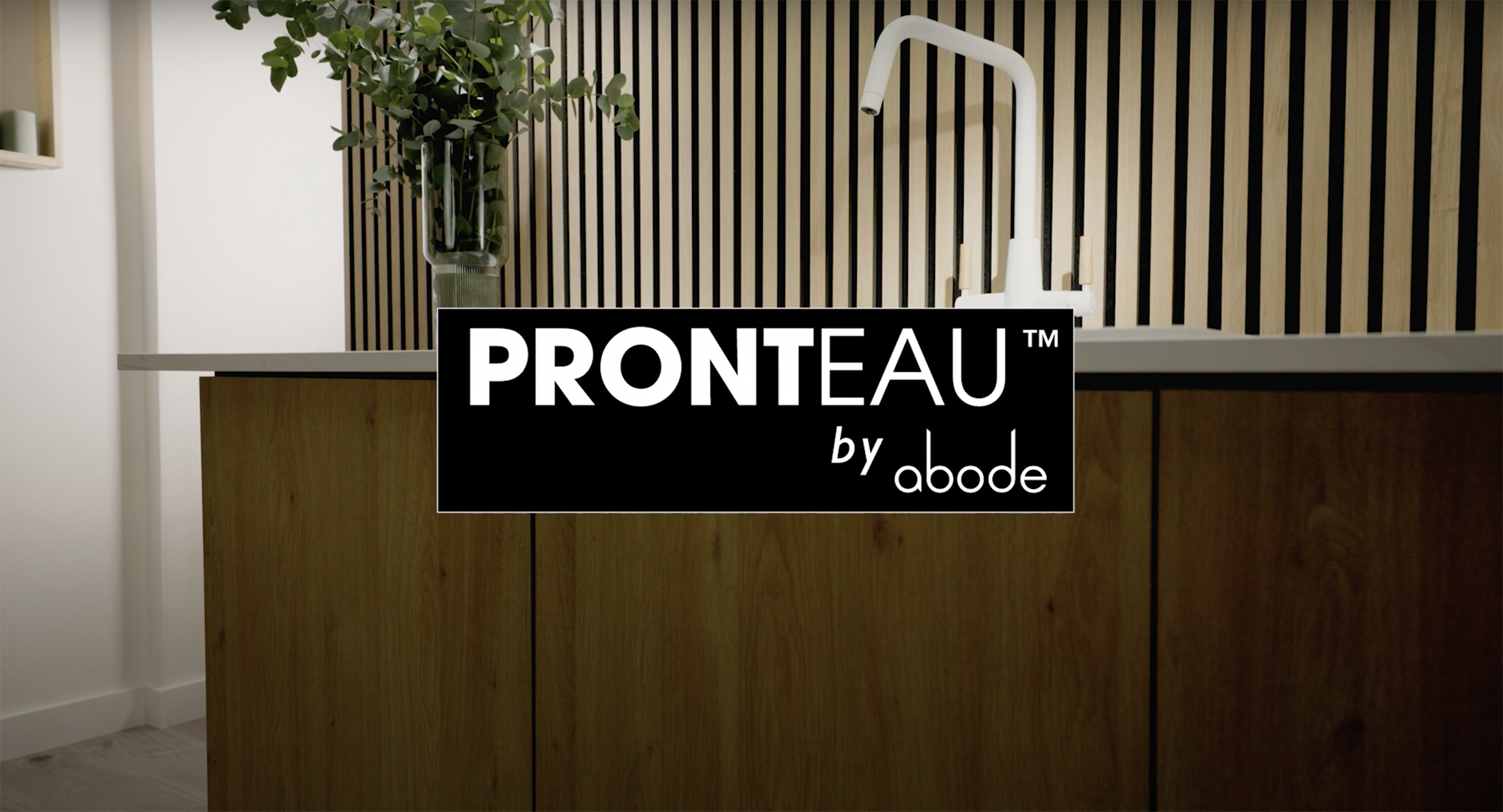Vented induction hobs have taken the market by storm, but does that mean consumers unable to have one are limited for cooking tech? Spoiler alert: No.
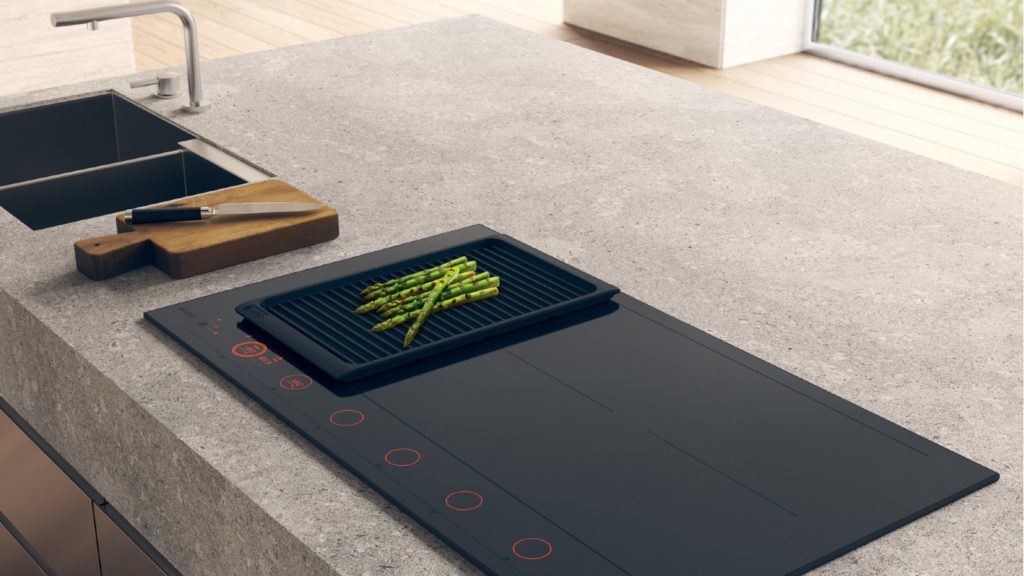
Asko Celsius°Cooking Induction Hob (HID956MC) can be used with Bluetooth connected pot, pan and probe, so consumers can cook food to precise temperatures and control timings.
While vented induction hobs are fast becoming a must-have for most up-to-date kitchen schemes, they’re not suitable for all projects.
They can be more expensive, take up cupboard space for the ducting, if installed in a run of units, and can’t be fitted above a full-size built-under oven, due to the space required for motor and fan.
Sponsored Video
Vented induction can also limit the size of the cooking surface, with the integral downdraft extractor taking up zone space.
However, with a growing interest which has seen induction hob sales double in eight years, according to Miele, designers can still meet consumer demand with a variety of models boasting top-end tech.
Induction advantages
Consumers have realised the advantages of induction, that it is safer and more energy efficient and easier to keep clean than their gas hob counterparts.
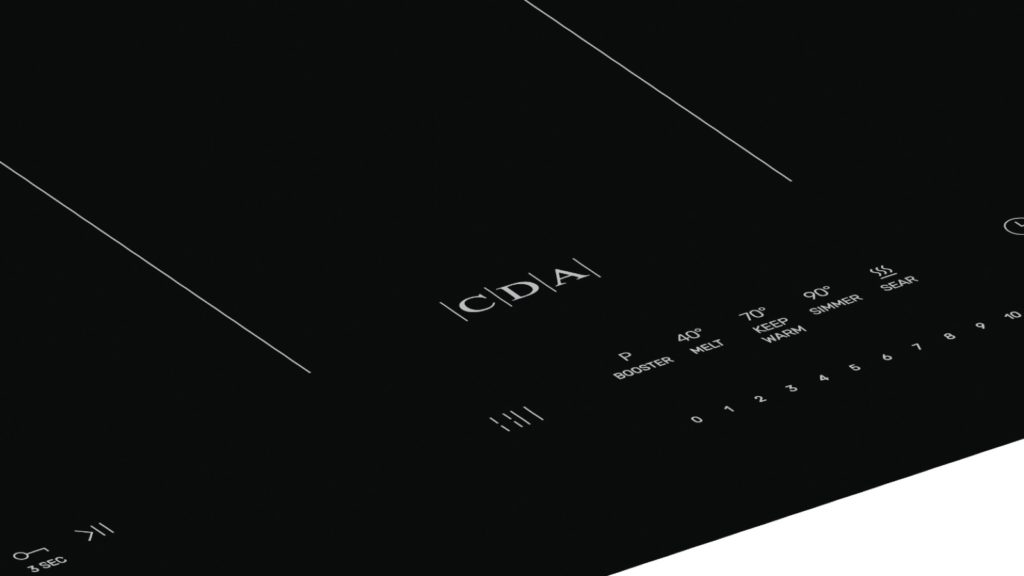
The HN6860FR induction hob from CDA features HObConnect which allows it to communicate with CDA’s CH60BL extractor to ensure the correct level of ventilation.
Induction is only operated when the pan is on the hob, is as responsive as gas but takes less time to cook using less energy, and has a wipe-clean surface.
However, it is the myriad of cooking functions attracting the attention of buyers.
Sales and marketing director at Franke Jo Sargent comments: “The great thing about induction hobs it that they pack in so many features and benefits that belie their minimalist looks, including power boost, precision temperature control, pan detection, automatic shut-off, timers and flexible cooking zones which, when understood and used correctly, give the user a lot of satisfaction and convenience as standard.”
Surface space
But what is the tech consumers are looking for in an induction?
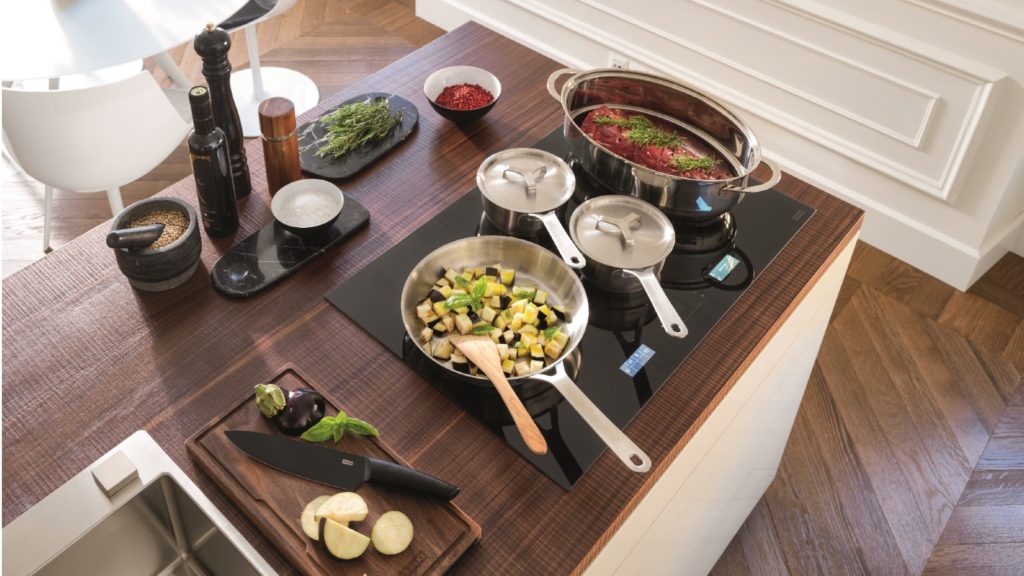
Franke Mythos Induction hob measures boasts eight cooking zones, FlexPro zone for cooking on a fully flexible surface and Cook Assist mode
Assistant product manager of surface cooking at BSH Home Appliances Sangharsha Karki points out: “One of the most significant advantages of induction hobs is their flexibility in terms of cooking zones, which appeals to both amateur and professional chef alike.”
It means consumers can choose from bridging zones, to cater for larger pans and fish kettles, through to full surface cooking where the hob detects the size and position of the cookware and heats the appropriate area.
Such is the popularity, Beko reports 40% of its induction hob sales boast a bridging function.
Kitchens manager at Miele GB Tom Hopper adds: “Within the Miele range, most of our models have some level of ‘powerflex zones’ (bridging) or are full surface.
“So, naturally, we are seeing more and more consumers trade into this technology.”
Convenience and control
Greater convenience is also offered in the variety of cooking functions with Power Boost still a popular feature, providing higher temperatures and so reducing cooking time.
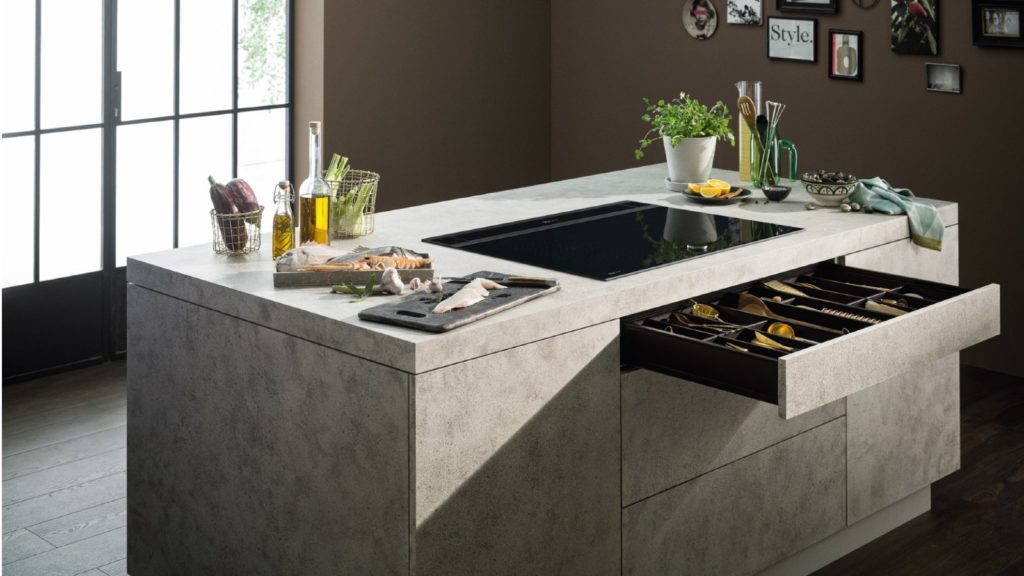
Neff induction hob features TwistPadFire, a magnetic and removeable dial, which controls the Flex Induction bridging technology and power tracking. In addition it features HomeConnect which offers hob-based hood operation.
But industry experts say retailers shouldn’t just focus on the most obvious tech and look to precise and automated temperature control.
Sangharsha Karki of BSH Home Appliances states: “Retailers often focus on the most popular features when selling their products, but there are many other features that could be just as effective in driving sales, such as Perfect Cook which allows the hob to control the temperature of what’s cooking or boiling over.”
Whereas, Asko offers Celsius°Cooking with 11 power levels and Bluetooth connected pot, pan and probe.
It uses sensor technology to allows consumers to cook food precisely, and deliver the same results without the need for supervision.
Whereas Franke offers the Cook Assist function, with three levels of help from Easy Cook to Pro Cook, to guide consumers through the cooking process.
However, Jo Sargent at Franke believes it’s underpromoted because it needs in-store demonstration, adding the technology “has something to offer people of all abilities by offering convenience and guidance that will help maximise the quality of food.”
Connectivity and customisation
It will be the advancement of technology which will see the greater adoption of smarter technologies to ease use.
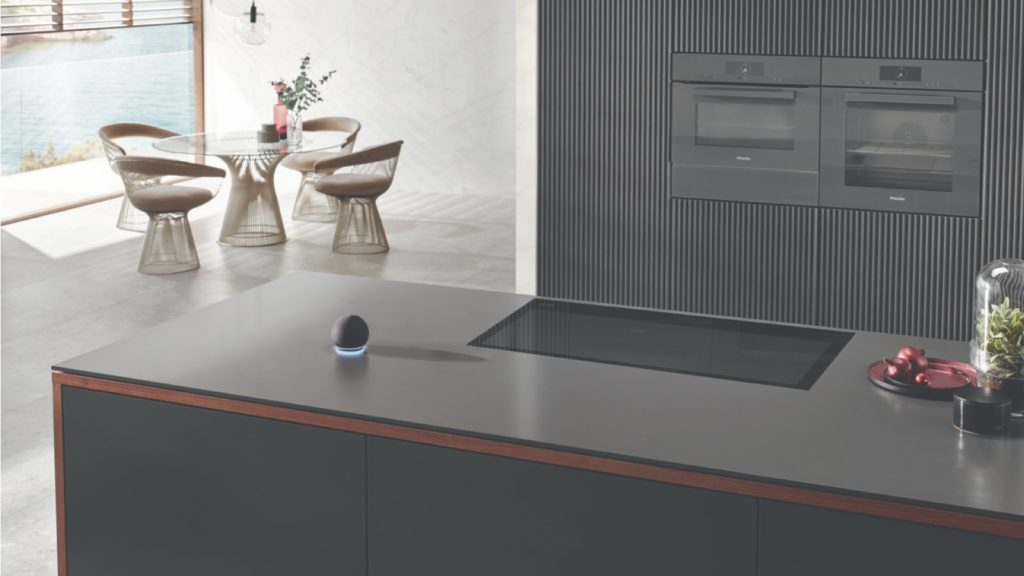
With full surface induction and DiamondFinish design for scratch resistance Miele has introduced the KM7897 FL Diamond Induction Hob with Con@ctivity to communicate with a compatible Miele cooker hood
“A real consumer benefit is connectivity; such as a wireless connection between the induction hob and cooker hood.
“It enables air throughput to be increased or decreased depending on the hob setting, which means not only a better performance but also energy saving for the customer”, explains Tom Hopper of Miele.
Reflecting this, CDA has recently launched the HoodConnect Hob with four pre-set temperatures and Bluetooth connection with complementary hood.
However, industry experts also believe customisation will play a greater role, too, with the likes of Fisher & Paykel offering induction and teppan modules in its Series 11 Modular Cooktop, as well as colour choice for individual appeal.
Induction hobs are now available with a choice of coloured glass, while the Neff Flex Design hobs offers four magnetic coloured trims which are easy to update.
When asked how the induction hob market would develop in the short-term, Jo Sargent of Franke said: “We see the induction hob market growing across all demographic because the product is such a winning combination of streamlined style and design, together with high levels of functionality.”
She concluded the induction hob was supported by an ongoing drive for energy efficiency, and added: “The coming years will see further development in smart technology, reflecting the rising popularity of smart products in everyday life.”
